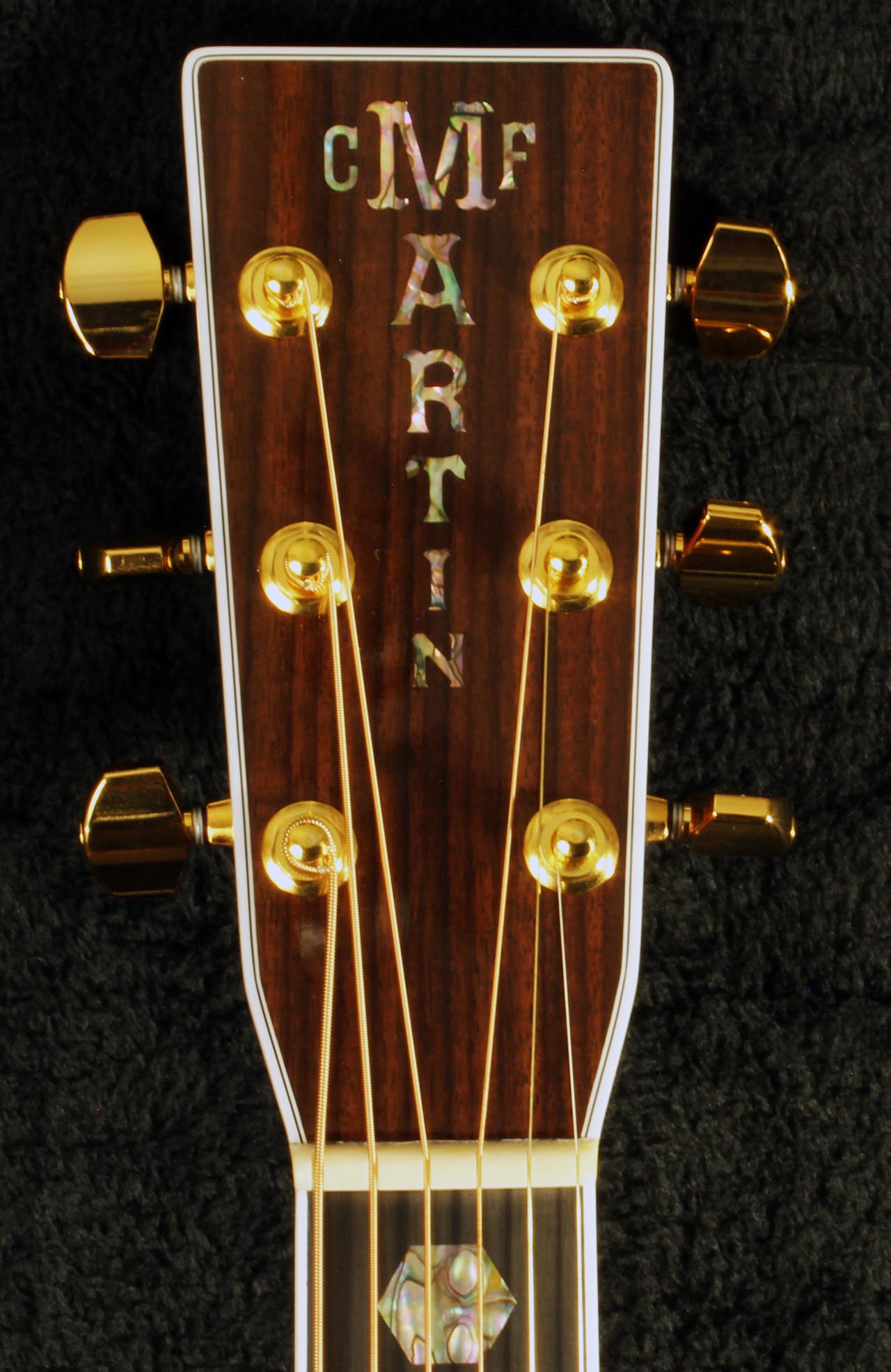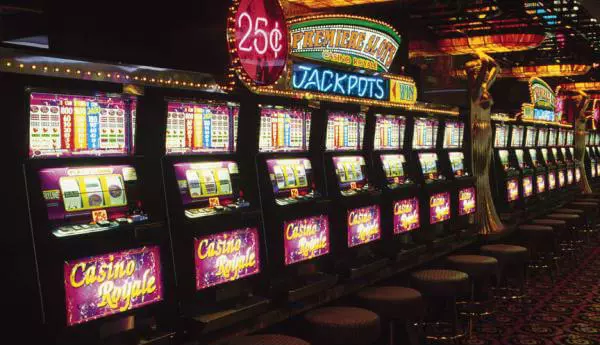- Bingo Slot Machine Strategy
- Class 2 Slot Machines Vs Class 3
- Class 2 Slot Machines Quick Hits
- Class 2 Slot Machines Oklahoma
- Class 2 Slot Machines Bingo Patterns
Thread Rating:
Introduction to Oklahoma Slot Machine Casino Gambling in 2020. Oklahoma slot machine casino gambling consists of 131 American Indian tribal casinos, casino resorts, travel centers, and “gasinos” along with two pari-mutuel racetracks with slot machines. No theoretical payout limits have been set for tribal casinos in Oklahoma. Not all tribal casinos use Class II games. Most slot machines in Native American casinos are Class III, which are the same as RNG games in commercial casinos. But tribal compacts in some states have limits on numbers of Class III slots. A few casinos use only Class II games, but more often, casinos use both classes on the same floor. Class II machines only mimic slots but they have bingo soul: the outcome of the game is determined by the draw of the bingo numbers, which are later translated into slot reel combinations. So, think of it this way – when you place a wager on such devices, you, actually, buy a lottery ticket.
Summary: Class II slot machines are found in Indian casinos (Class III is Vegas-style, or RNG). The reason why Class II exists is because originally, Indian casinos were only allowed to offer bingo, including electronic bingo. Modern Class II slot machines look and act just like an RNG slot machine.
At least two people must be playing in order for a Class II machine to run (one time I was unable to play because no one else was there). A bingo server draws a number about once a second. When you hit spin, the computer generates your bingo card and then it goes through all 23 possible winning patterns (22 normal patterns like T, corner spots, diamond, etc., and then this bizarre final 23rd one that a blackout in 75 balls wins a penny). A winning bingo pattern makes the reels stop at just the right spot so you win that much (no different than an RNG slot machine, just a different way of determining whether you win or lose). I read the help files on the machine but it doesn't explain everything. It doesn't explain how you get a red screen. Sometimes when you win, the screen turns red and the reels spin again, and when this happens, you always win something which is more than what you just won (i.e., not a regular free spin which can lose). I have never won a penny (that weird 23rd winning pattern). Probability of winning on a single payline is about 1 in 5 with the distribution of wins similar to an RNG machine, with lots of small wins and few large wins.
I've played these early in the morning when the casino is almost empty and at busy times to see if I can detect any pattern of advantage or disadvantage, and I can't tell. I've won when it's dead and lost when it's dead and I've won when it's busy and lost when it's busy.
Does anyone know if there is a player advantage or disadvantage to playing Class II slot machines when the casino is quiet or busy? Is the probability of winning exactly the same for bet 3 as it is for bet 1? (with the only difference being that the jackpot pays a bigger multiple of bet amt, similar to video poker)
Administrator
In general, the competitive element of a class II slot accounts for only about 1% of the return. It will generally go to whoever completes a certain pattern first. You could be competing with other players anywhere in the casino or even the world. The competitors may be playing on entirely different themed machines too.
The other 89%, or so, of the return comes from 'consolation prizes,' which are fixed prizes for fixed patterns.
It is that 1% of the competitive element that makes them legal.
In my opinion, if you're going to legalize slots, then just legalize them. Quit kidding yourself that class II slots are really bingo.
I've designed some class II slots so know a fair bit about the regulations and how they are designed.
In general, the competitive element of a class II slot accounts for only about 1% of the return. It will generally go to whoever completes a certain pattern first. You could be competing with other players anywhere in the casino or even the world. The competitors may be playing on entirely different themed machines too.
The other 89%, or so, of the return comes from 'consolation prizes,' which are fixed prizes for fixed patterns.
It is that 1% of the competitive element that makes them legal.
In my opinion, if you're going to legalize slots, then just legalize them. Quit kidding yourself that class II slots are really bingo.
Bingo Slot Machine Strategy
Hey Wizard, I hate to necro this thread, but I was wondering - how is the RTP calculated for class II bingo slots when you never know how many people are going to be competing for that prize? As you mentioned, it's a small portion (1%), but how is that 1% calculated, if it can be? And wouldn't a busy casino theoretically bring down the RTP of the machine? Is there some sort of universal assumption on the average numbers of players that might be in on a game or something?
Thanks so much!
Class II slot machines look and act just like an RNG slot machine. Does it similar to skill based gaming machine or slot machines?
I would say they operate most similarly to Pace-O-Matic machines. Some other machines just, “Play,” the pre-seeded pool of spins over and over, whereas (from what I can tell from the patents) POM’s randomly select a result from the remaining pool of spins, kind of similarly to the Class II central server.
I also thought POM banks had a linked pool of spins, but that’s apparently not necessarily true is because I found two POMs in one location—one is out of $0.40/bet spins on a particular game and the other isn’t.
 fitzbean
fitzbeanI would say they operate most similarly to Pace-O-Matic machines. Some other machines just, “Play,” the pre-seeded pool of spins over and over, whereas (from what I can tell from the patents) POM’s randomly select a result from the remaining pool of spins, kind of similarly to the Class II central server.
I also thought POM banks had a linked pool of spins, but that’s apparently not necessarily true is because I found two POMs in one location—one is out of $0.40/bet spins on a particular game and the other isn’t.
I wouldn't say Class II slot machines operate like POMS. The results are actually completely random & based on a math model, just like traditional slots. The difference is that the randomness is not based on where the reels land, it's based on the outcome of the bingo draw. Making it play 'like a slot' as a designer can be challenging because getting the desired volatility etc can be difficult to translate from traditional math models.
I wouldn't say Class II slot machines operate like POMS. The results are actually completely random & based on a math model, just like traditional slots. The difference is that the randomness is not based on where the reels land, it's based on the outcome of the bingo draw. Making it play 'like a slot' as a designer can be challenging because getting the desired volatility etc can be difficult to translate from traditional math models.

Class 2 Slot Machines Vs Class 3
I agree with you, and that's actually kind of my point. The Class II slot machines randomly choose a result from the, 'Pool,' of remaining results in the central server and POM's do the same exact thing, according to their patent. The difference with POM is that the entire pool of results seems to be exclusive to an individual machine, (or maybe they can sometimes be linked) but either way, it's randomly chosen from the remaining results.
Administrator
Hey Wizard, I hate to necro this thread, but I was wondering - how is the RTP calculated for class II bingo slots when you never know how many people are going to be competing for that prize? As you mentioned, it's a small portion (1%), but how is that 1% calculated, if it can be? And wouldn't a busy casino theoretically bring down the RTP of the machine? Is there some sort of universal assumption on the average numbers of players that might be in on a game or something?
Thanks so much!
The way it tends to work is the game will group 2 or more players together who made a bet at nearly the same time, say within a second of each other. Then the first player to complete some particular pattern (in the fewest balls) will win a very small prize. I wish I could take it further, but that's about all I know. When I do a class II game, the game maker will somehow tack on a competitive element, I only get asked to do the 'base game.'
Administrator
I would say they operate most similarly to Pace-O-Matic machines. Some other machines just, “Play,” the pre-seeded pool of spins over and over, whereas (from what I can tell from the patents) POM’s randomly select a result from the remaining pool of spins, kind of similarly to the Class II central server.
I also thought POM banks had a linked pool of spins, but that’s apparently not necessarily true is because I found two POMs in one location—one is out of $0.40/bet spins on a particular game and the other isn’t.
The ones I have seen don't work like that. The outcome is based on a fair bingo card and ball draw. I'm not saying there isn't anywhere that does it the way you describe, but I think I can speak for California (when there were class II), Oklahoma, and New Mexico.
Class 2 Slot Machines Quick Hits
I agree with you, and that's actually kind of my point. The Class II slot machines randomly choose a result from the, 'Pool,' of remaining results in the central server and POM's do the same exact thing, according to their patent. The difference with POM is that the entire pool of results seems to be exclusive to an individual machine, (or maybe they can sometimes be linked) but either way, it's randomly chosen from the remaining results.
Class 2 Slot Machines Oklahoma
Hmm, as far as I know, Class II (Bingo) slots are not selecting a result from a pool of remaining results or a pool at all. Class II bingo is legal because you are actually playing Bingo behind the scenes, so mechanically, it must actually operate exactly like live bingo.Class 2 Slot Machines Bingo Patterns
- Page 1 of 2